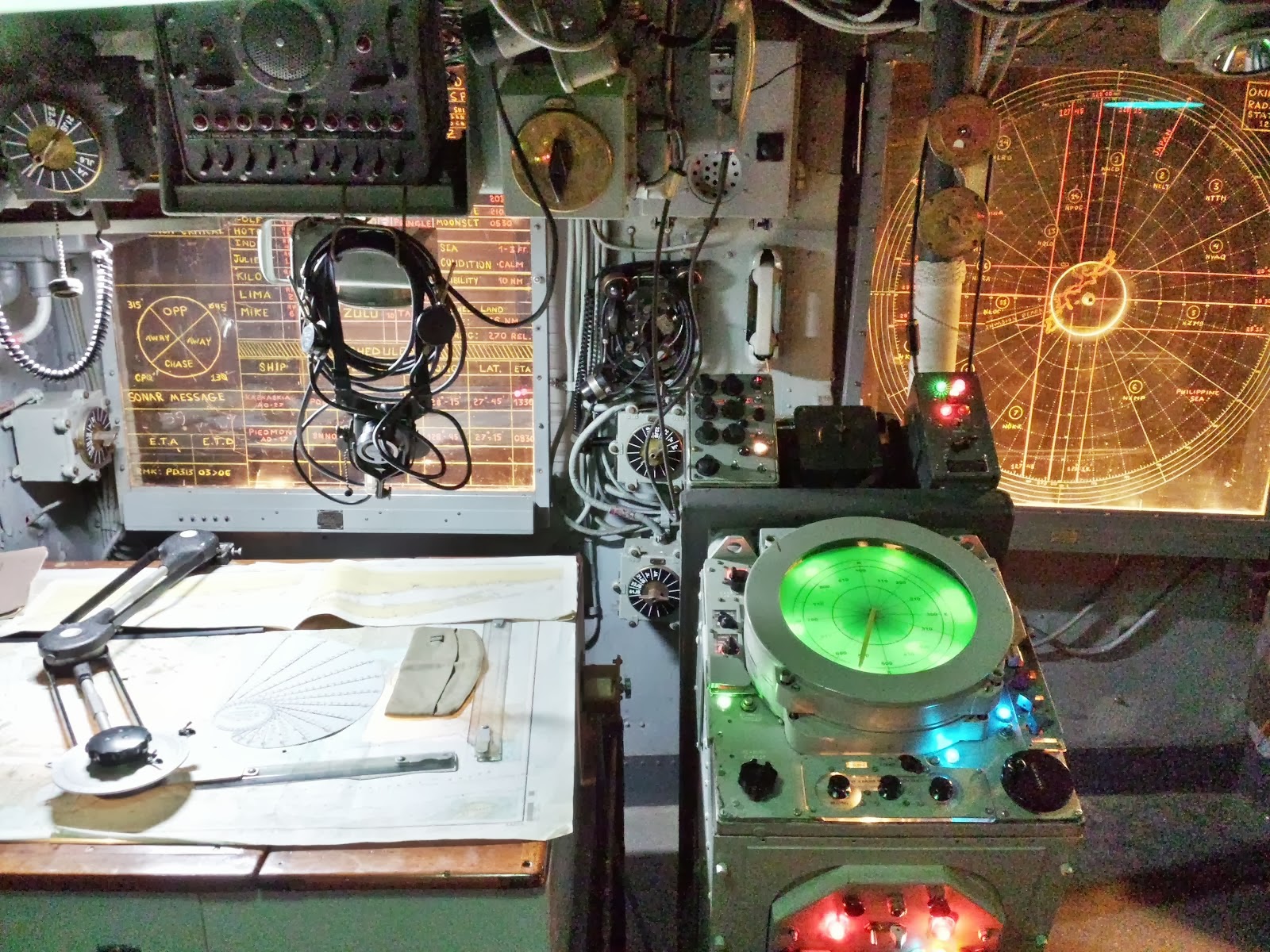During the month of January, the SKCC organization has their yearly K3Y Special Event. This year was no exception. They look for volunteer operators from each of the US Districts including Hawaii and Alaska. I normally throw my hat in the ring to operate as my way to support the club. This year was nice as I believe we had a record number of Alaskan operators doing their part to operate K3Y/KL7. With my limited time to operate, I only netted 267 QSO's while operating K3Y/KL7. Life tends to interfere with ham radio on a regular basis. It does for you too, right?
This year my goal was to try a "Sweep" working all ten US Districts along with Alaska and Hawaii, with 5 watts or less. I made it operating high power rather easily but I got a late start operating QRP, as I devoted more time to being chased than chasing. When the dust cleared today, I came up short yet again. I managed to work all but K3Y/1, K3Y/5, K3Y/9, and K3Y/KH6 while operating on 5 watts or less. So I missed my sweep by a few. Sadly, my attempts to snag the last two failed on the very last day of operation. The band was there, I could hear the stations operating their respective K3Y districts, but they could not hear me (I was hearing them on an average of S5). If I was hearing them S5 and they were running 100 watts (or more) and they could not hear me well, you do the math. If you double your power, how many S units do you gain? Exactly!
QRP can be very frustrating at times and there are those that probably think that QRP operating from up here is...well...just insane. If you have not operated from Alaska (or near the Arctic Circle in EU, Canada, etc), you probably don't know what I'm talking about. I've mentioned it before that 100 watts is challenging so trying to do it with 5 watts is nearly extreme. But, with the right propagation, the right receiving station, this can be done. I feel operating QRP, the receiving station takes most of the burden when it comes to logging a QRP QSO. QRP to QRP however, it's a shared effort. The QRP station needs to know how to predict the right times to operate but in the end, it's the receiving station that often times has to pre-amp and filter up to pull that QRP signal out of the static. Then add in QRN, QSB, QRM...well, you get the picture.This has been debated by many but that's my opinion being on both the receiving and sending side of QRP activities.
It takes a patient soul to be able to operate QRP and often times, just as patient of a receiving operator. But, when conditions are just right, a long distance QRP QSO can be the ultimate rush. Now obviously there are things you can do to make these QSO's easier, such as larger antenna's or simple elevation. When I operated with Steve, wG0AT from atop Mt. Herman, it opened my eyes to what 9,000 feet of elevation can do to reception and how far a QRP signal can travel. Sure beats my 1,800 feet!










